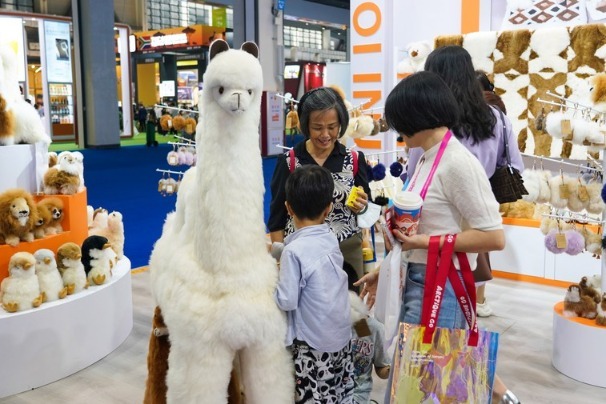Yangtze Delta a ballast of China's steady economic growth: index report


SHANGHAI - The economic development in China's Yangtze River Delta region has been heralded as the ballast stone for the steady growth nationwide, according to an index report on the region's innovation driving force.
Between 2018 and 2022, the average annual growth rate of innovation drivers in the Yangtze River Delta reached 4.8 percent, which was basically in step with the economic growth rate, the report recently released by the Shanghai Academy of Social Sciences showed.
During the same period, the region's GDP grew at an average annual rate of about 5.5 percent, accounting for 24 percent of the national total. The number of cities in the region with a GDP of more than 1 trillion yuan ($139.28 billion) has increased from six to eight, accounting for about one third of the national total.
According to the academy's research, the Yangtze River Delta region is building world-class industrial clusters in areas such as integrated circuits, biomedicine, artificial intelligence and new energy vehicles.
In 2022, the business revenue of integrated circuits in the Yangtze River Delta exceeded 720 billion yuan, accounting for more than 60 percent of the national total. Among over 3,000 biotechnology and pharmaceutical related enterprises in the country, nearly half are in the region.
The academy estimates that from 2018 to 2022, the total foreign trade of the Yangtze River Delta increased by 4.01 trillion yuan, with an average annual growth rate of 6.38 percent, accounting for around 36 percent of the country's foreign trade.




